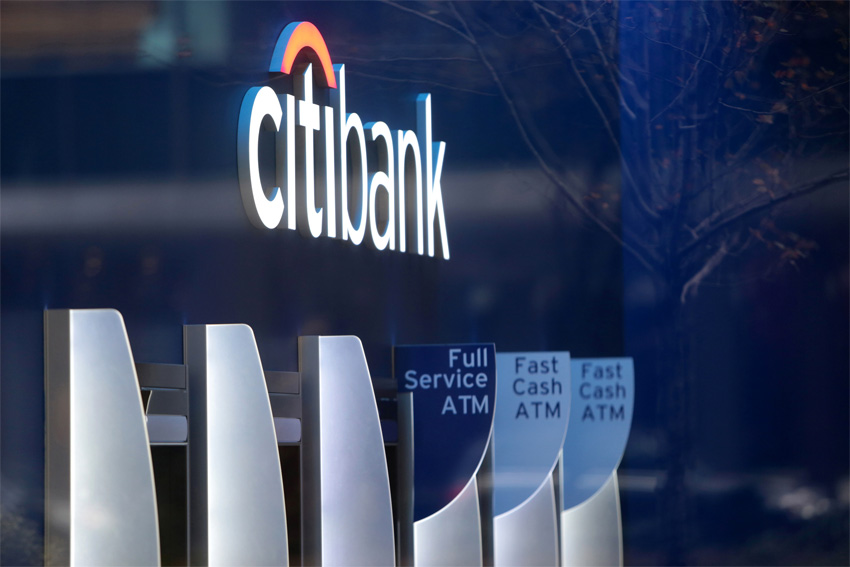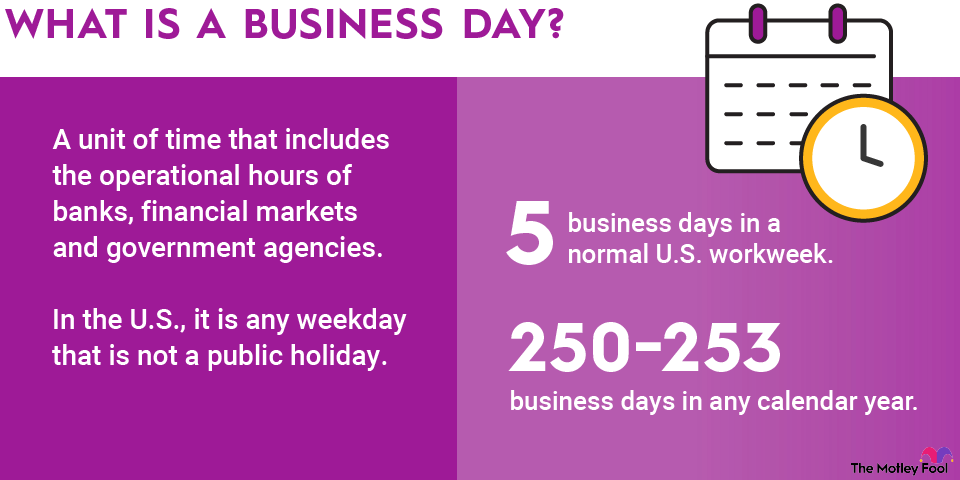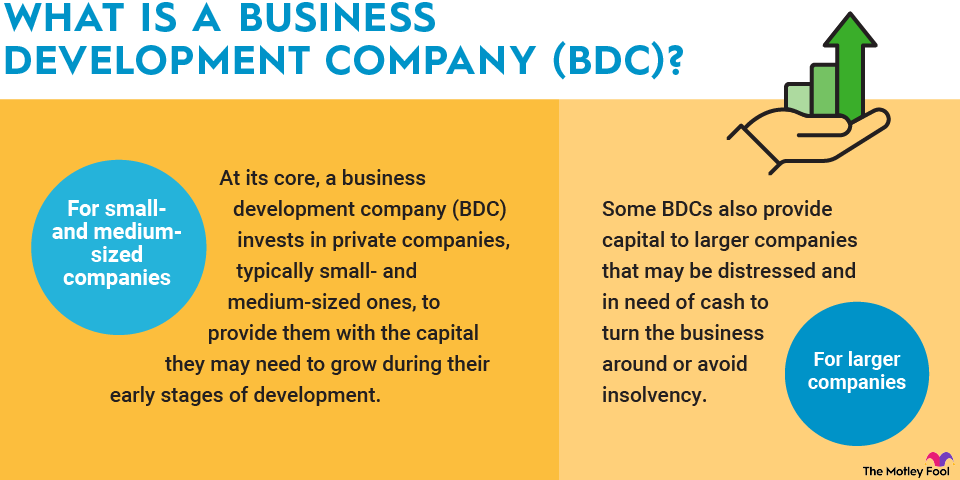Although plenty of mutual funds are reliable and steady, they aren't all meant to be boring. There are also funds with a little bit more zip, like blend funds, which mix value investing with growth investing for some interesting outcomes.

What is a blend fund?
A blend fund is a type of mutual fund that combines value and growth investing. Instead of mixing more traditionally stable investments into a fund with a mediocre but reliable return, blend funds contain both value and growth stocks, with little or nothing else in the mix.
However, blend funds can be wildly different from fund to fund, so it's very important to read the prospectus and fully understand what you're investing in and how often the stock mix can be changed. Blend funds are a riskier type of mutual fund, but they also have the potential for greater returns.
What's the difference between a blend fund and a balanced fund?
While a blend fund combines value and growth stocks, a balanced fund mixes stable stocks, often in large-cap companies, with bonds, creating a boring but reliable fund. Balanced funds are cheap to administer, too, because they rarely need adjusting or rebalancing since everything in them is fairly predictable and will continue to grow steadily.
Blend funds are the opposite of a balanced fund. Instead of being made up of reliable stocks, they're full of companies that are potentially undervalued (value stocks) and those that are poised for rapid expansion (growth stocks).
Both of these types of stocks can be very risky, however. With growth stocks, you may find that a company that had great ideas never really takes off -- or worse, is affected by bad timing or bad luck and crashes and burns. With value stocks, there are lots of ways to misread the room, leading to value traps.
Who are blend fund investors?
Fund investors, in general, tend to be people who are looking for someone else to manage their asset choices while reaping the rewards. That's not a judgment statement -- for some people, it simply doesn't make sense to handle their own investments on a day-to-day basis. Most of the time, mutual fund investors are seeking stability, but blend fund investors are a little bit different.
Instead of seeking the boring beige that often comes with mutual funds, they're looking for a little more risk and a lot more reward. A blend fund can produce impressively, or it can fail spectacularly, which can make them exciting buys if you can afford to lose the money you've invested (otherwise, they may be panic-inducing). Often, blend fund investors are younger investors who aren't really worried about retirement yet, or mid-career individuals who are trying to catch up on their investing but have some room to take a chance.
Related investing topics
Pros and cons of blend funds
The pros and cons of blend funds can be the same list, depending on your perspective.
For investors who can afford to take a chance, blend funds represent a huge opportunity to grow their investment quickly. For investors who need their nest egg to remain secure, they can also represent a very real risk of losing a significant amount of money.
Nest Egg
Blend funds require a lot of work up front since there is no set risk level for a blend fund, and you'll need to understand your fund's stocks. If you want to be somewhat active in stock picking, but don't want to find your own value and growth stocks, this is a great shortcut. Your only job is to evaluate each stock in the fund rather than every stock in the S&P 500 or Nasdaq Composite, for example.



















